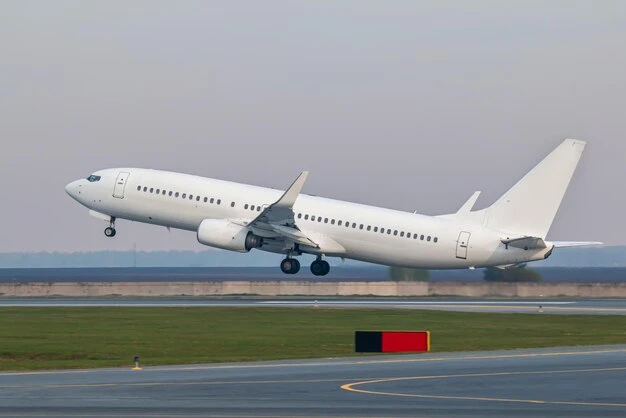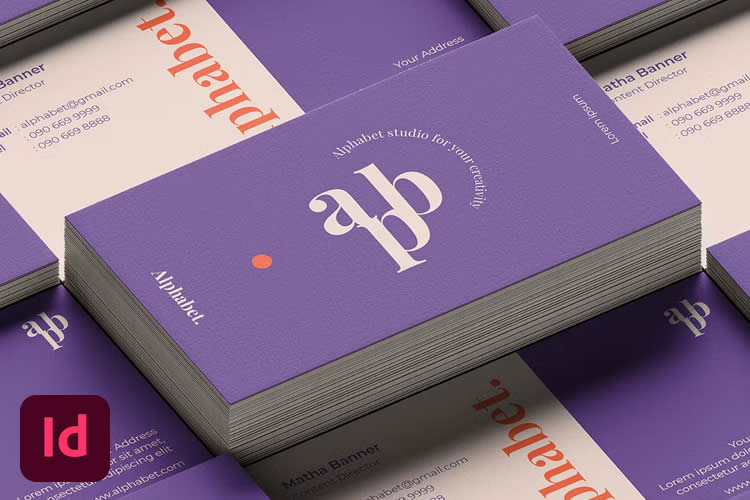
If you’ve ever found yourself idling at an airport, you’ve likely gazed out of the window, observing the hustle and bustle of the airfield. Amidst the procession of planes, some may catch your eye due to their distinctive designs—Korean Air’s sky-blue, Spirit Airlines’ bold yellow, or perhaps one of All Nippon Airways’ Pokemon-themed jets. In this sea of creativity, one may wonder: Why is white the default color for passenger airplanes?
The Evolution of Airplane Paint
Corrosion control is a critical aspect when hurtling a metal tube through the atmosphere at speeds exceeding 500 mph regularly. This corrosion control is primarily achieved through the paint on an airplane. Surprisingly, before the 1950s, planes weren’t typically painted white. They were often left unpainted, merely polished, as the available paints were heavy, expensive, and did not adhere well to the metal fuselage.
Over time, primers and paints improved in terms of adherence and durability. While bare metal required frequent polishing, a coat of paint proved more enduring, necessitating renewal only every few years. This made painting aircraft marginally more expensive (around 0.06 to 0.3% cost increase), but the benefits outweighed the drawbacks.
The Weight Factor
However, weight is a critical consideration in aviation, and every pound added to an aircraft affects fuel efficiency. According to Boeing, the typical white paint on a large commercial aircraft, such as a 747, adds up to 555 pounds when dry. While this is a fraction of the overall weight, airlines strive to minimize additional weight as it directly correlates with increased fuel consumption during takeoff and flight.
Contrary to a common misconception, the choice of white paint is not solely about color but rather about finding a balance between durability and weight. Lighter colors, like white, have a higher albedo, reflecting most light and reducing heat absorption.
The Albedo Advantage
White paint’s high albedo is a key factor in its prevalence on commercial airplanes. Albedo refers to the extent to which a surface reflects light. White paint reflects most of the light that hits it, while darker pigments absorb sunlight. Darker paint leads to increased heat absorption, resulting in more fuel being expended on cooling the cabin. The extra fuel consumption translates to higher costs for airlines.
Moreover, dark paint is prone to sun damage due to its higher absorption of UV radiation. This is the opposite of how it works for people, where dark clothing absorbs heat; in the case of airplanes, dark pigment absorbs more UV radiation, accelerating paint degradation.
Visibility and Maintenance
Beyond the thermal advantages, white paint enhances visibility. Unlike military planes that are often gray to blend into the surroundings, commercial airplanes need to be easily visible on busy runways, especially during adverse weather conditions. The high visibility of white paint contributes to safer operations, reducing the risk of collisions on the tarmac.
Additionally, white paint makes it easier to spot cracks and other damage to the aircraft’s exterior. This proactive approach to maintenance ensures the safety of passengers and reinforces the idea that prevention is better than cure.
In conclusion, the prevalence of white paint on commercial airplanes is not just a matter of aesthetics. It is a carefully calculated decision based on factors such as weight, heat reflection, visibility, and maintenance considerations. The white exterior reduces heat absorption, saves money on fuel costs, enhances safety, and contributes to the overall efficiency of air travel. So, the next time you marvel at the sea of white planes on the tarmac, remember that it’s not just about the color; it’s about functionality and practicality in the world of aviation.
In case you have found a mistake in the text, please send a message to the author by selecting the mistake and pressing Ctrl-Enter.






